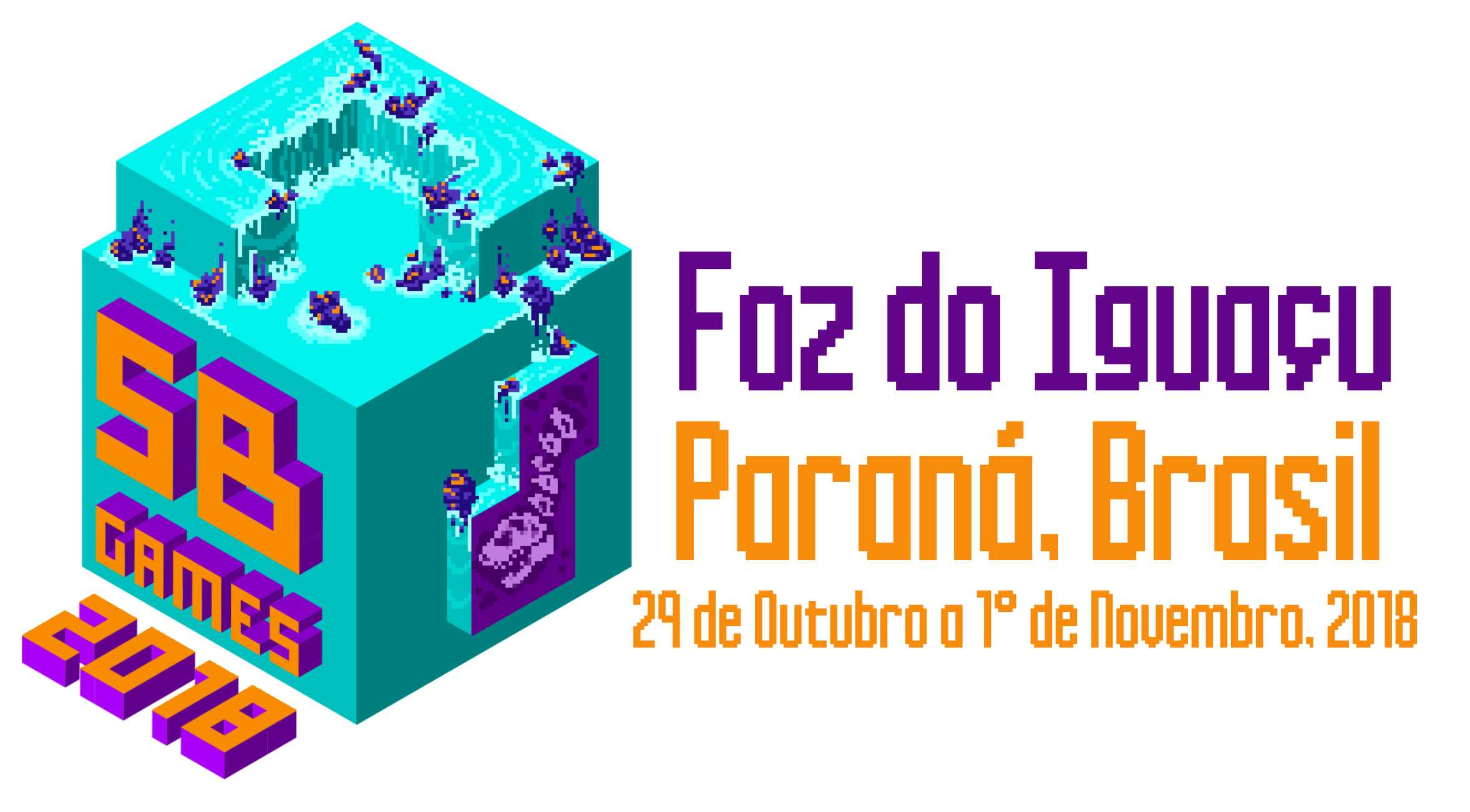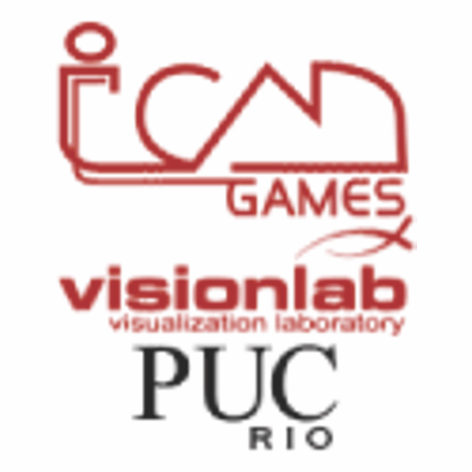Keynotes e palestrantes convidados
Programação
|
Horário / Local |
Keynote |
|
Keynote1 SVR
30/10 10h15
Cataratas I e II |
Mark Billinghurst (University of South Australia)
Mark Billinghurst is Professor of Human Computer Interaction at the University of South Australia in Adelaide, Australia. He earned a PhD in 2002 from the University of Washington and researches innovative computer interfaces that explore how virtual and real worlds can be merged, publishing over 300 papers in topics such as wearable computing, Augmented Reality and mobile interfaces. Prior to joining the University of South Australia he was Director of the HIT Lab NZ at the University of Canterbury and he has previously worked at British Telecom, Nokia, Google and the MIT Media Laboratory. His MagicBook project, was winner of the 2001 Discover award for best entertainment application, and he received the 2013 IEEE VR Technical Achievement Award for contributions to research and commercialization in Augmented Reality. In 2013 he was selected as a Fellow of the Royal Society of New Zealand. |
|
Keynote2 SIBGRAPI
30/10 16h
Cataratas I e II |
Multimodal Affective Computing for Clinical Research and Treatment.
Jeffrey Cohn (professor at Psychology and Psychiatry at the University of Pittsburgh and Adjunct Professor at the Robotics Institute, Carnegie Mellon University)
What happens during psychotherapy that enables clients to improve? What affective mechanisms underlie depression? How does patient affect respond to novel biologically-based treatments? These are fundamental questions for clinical research and treatment.
Recent breakthroughs in automated multimodal analysis and synthesis make possible objective, valid, and efficient clinically useful behavioral indicators to address these and related questions. I will present: 1) human-observer and computational approaches to measurement that guide affective computing for clinical practice and research; 2) recent applications in depression and obsessive-compulsive disorder; 3) “expression transfer” that could enable sharing of clinical video without compromising patient anonymity; and 4) current challenges for affective computing in clinical practice and research.
Jeffrey Cohn, PhD, is Professor of Psychology and Psychiatry at the University of Pittsburgh and Adjunct Professor at the Robotics Institute, Carnegie Mellon University. He leads interdisciplinary and inter-institutional efforts to develop advanced methods of automatic analysis and synthesis of face and body movement and applies them to research in human emotion, communication, psychopathology, and biomedicine. His research has been supported by grants from the U.S. National Institutes of Health and U.S. National Science Foundation among other sponsors. He Chairs the Steering Committee of the IEEE International Conference on Automatic Face and Gesture Recognition (FG) and has served as General Chair of international conferences on automatic face and gesture recognition, affective computing, and multimodal interfaces. |
|
Keynote3 Sibgrapi
31/10 11h
Cataratas I e II |
Perception, Drawing and Interactive Modeling Karan Singh (Computer Science at the University of Toronto) Sketch and sculpt interfaces have often been touted as “natural” approaches to interactive design. While this metaphor is indeed a promising medium of visual communication, there are a number of inherent limitations in human motor control, drawing skill, perception, and the ambiguities of inference, that make the leap from 2D input to 3D shape a challenging task. In this talk, I will present recent research, open challenges in the perception of shape from sketch input, and highlights of various systems such as true2form, www.ilovesketch.com, www.crossshade.com, www.meshmixer.com and www.flatfab.com, that facilitate the leap from 2D input to 3D models despite these limitations. Karan Singh is a Professor of Computer Science at the University of Toronto. He co-directs a globally reputed graphics and HCI lab, DGP, has over 100 peer-reviewed publications, and has supervised over 40 MS/PhD theses. His research interests lie in interactive graphics, spanning art and visual perception, geometric design and fabrication, character animation and anatomy, and interaction techniques for mobile, Augmented and Virtual Reality (AR/VR). He has been a technical lead for the Oscar award winning software Maya and was the R&D Director for the 2004 Oscar winning animated short Ryan. He has co-founded multiple companies including Arcestra (architectural design), JALI (facial animation), and JanusVR (Virtual Reality). |
|
Keynote4 SBgames
31/10 16h
Cataratas I e II |
A busca por uma identidade própria, na produção de jogos. Renato Degiovani Apresentar e debater uma visão orgânica da produção de jogos de computador, no Brasil, desde o início dos anos 80 até os dias atuais. Foco tanto nos aspectos comerciais quanto nos aspectos culturais, procurando demonstrar as razões de ainda não termos uma presença significativa mundial, neste segmento. Renato Degiovani é considerado o primeiro desenvolvedor de jogos no Brasil. É formado em Desenho Industrial e Comunicação Visual pela PUC/RJ. Foi editor e diretor técnico da primeira revista brasileira de informática (Micro Sistemas) por 13 anos e um dos primeiros produtores de jogos de computador com temática brasileira. É produtor e criador do site TILT online, onde apresenta e produz narrativas interativas desde 1997. |
|
Keynote5 SVR
31/10 17h
Cataratas I e II |
Frank Steinicke (University of Hamburg)
Frank Steinicke is a professor for Human-Computer Interaction at the Department of Informatics at the University of Hamburg. His research is driven by understanding the human perceptual, cognitive and motor abilities and limitations in order to reform the interaction as well as the experience in computer-mediated realities. Frank Steinicke regularly serves as panelist and speaker at major events in the area of virtual reality and human-computer interaction and is on the IPC of various national and international conferences. He serves as the program chair for IEEE VR 2017/2018, which is the most renowned scientific conference in the area of VR/AR. Furthermore, he is a member of the Steering committee of the ACM SUI Symposium and the GI SIG VR/AR, and currently editor of the IEEE Computer Graphics & Applications Department on Spatial Interfaces. |
|
Keynote6 SBGames
1/11 11h
Cataratas I e II |
Procedural personality for game characters
Norman I. Badler (University of Pennsylvania)
Simulating human activities in an urban setting requires a fundamental understanding of what human behaviors are likely, normal, or anomalous in such an environment. While many CG research groups are producing animated crowds of thousands of people, generally the agents are mostly just pedestrians wandering the traversable areas. Over the past decade we have been developing systems for animating more individualized agents. Our recent work addresses the impact of personality type on individual movements and environmental influences on human locomotion behaviors.
Norman I. Badler is the Rachleff Professor of Computer and Information Science at the University of Pennsylvania. He received his BA in Creative Studies Mathematics from the University of California Santa Barbara in 1970, his MSc in Mathematics from the University of Toronto in 1971, and his PhD in Computer Science from the University of Toronto in 1975. He served as the Senior Co-Editor for the Journal Graphical Models for 20 years and presently serves on the Editorial Boards of several other Journals including Presence. His research involves developing software to acquire, simulate, animate and control 3D computer graphics human body, face, gesture, locomotion, and manual task motions, both individually and for heterogeneous groups. He has supervised or co-supervised 62 PhD students, many of whom have become academics or researchers in the movie visual effects and game industries. He is the founding Director of the SIG Center for Computer Graphics, the Center for Human Modeling and Simulation, and the ViDi Center for Digital Visualization at Penn. He has served Penn as Chair of the Computer & Information Science Department (1990-94) and as the Associate Dean of the School of Engineering and Applied Science (2001-05). |














